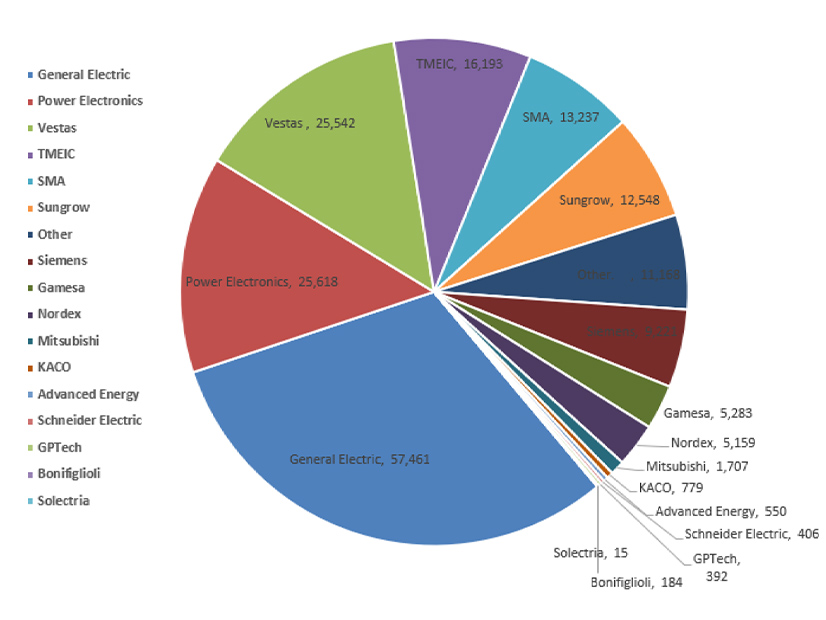A data center campus planned in western Pennsylvania would include up to 4.5 GW of on-site gas-fired generation and be the largest facility of its kind in the U.S., a group of developers announced April 2.
The 3,200-acre Homer City project would stand on the site of what had been Pennsylvania’s largest coal-fired plant, a 1.88-GW facility decommissioned in 2023.
The effort brings together GE Vernova, Kiewit Power Constructors and Knighthead Capital Management. It carries a price tag expected to surpass $10 billion — not counting the data centers themselves, which would cost billions more.
Homer City Redevelopment (HCR), which is leading the effort to restore the site to economic productivity, said it would be the largest investment of its kind in state history and is expected to start producing power by 2027.
HCR indicated that many of the components already are procured for the project, limiting the chances of supply-chain delays. GE Vernova will deliver the first of seven hydrogen-enabled gas-fired turbines in 2026, for example. And critical infrastructure remains in place from the coal-burning plant, including transmission lines to the PJM and NYISO grids, substations and water access.
There also is the nearby Marcellus Shale formation, one of the most productive U.S. sources of natural gas. Pennsylvania is the No. 2 gas producer in the U.S., after Texas.
Not discussed in the announcement is the typically slow pace of interconnection and the controversy surrounding co-located large loads.
“We are fully aware of the project and recently met with the developers,” a FirstEnergy spokesperson told RTO Insider. “We are working closely with them to determine the necessary steps and milestones for them to move ahead with their plans for the site. FirstEnergy is committed to helping to improve the economies of the communities we serve, and we are eager to work collaboratively with the right parties to achieve their visions.”
A spokesperson said PJM would not comment in detail without seeing more specifics. New resources are important in an era of increasing demand and tightening supply, they said, and the Homer City proposal would be well situated.
Comeback Planned
When it was built in 1969, the Homer City Generating Station became a physical and economic standout in the rural region 40 miles east of Pittsburgh, providing jobs and boasting a smokestack variously described as the tallest in the state or in the U.S.
But it ran into regulatory and financial problems as coal-fired generation fell out of favor, and it finally shut down July 1, 2023. The smokestacks and cooling towers recentlywere leveled with explosives.
The gap of years between shutdown of the old plant and startup of the new plant may factor into the interconnection process. Generation owners can request the capacity interconnection rights held by a retiring resource be transferred to another queue project for up to one year after the unit shutters. That window already has closed.
The other pathway for new projects to make their way quickly through PJM’s interconnection queue would be by participating in the RTO’s one-off Reliability Resource Initiative, which will allow 50 projects to be added to the Transition Cycle 2 study cluster. PJM said in March it had received 94 applications for the program and will winnow those down to 50 based on several characteristics, including nameplate capacity, in-service date and location.
Meanwhile, the PJM spokesperson said the issues surrounding large-load co-location await clarification by FERC. PJM recently submitted comments to FERC in the matter in which it expressed reservations about large co-located load configurations participating behind the meter (EL25-49). (See PJM Responds to FERC Co-located Load Investigation.)
The RTO said its BTM rules were designed for smaller configurations, such as warehouses with on-site solar generation. PJM proposed several configurations that are permissible under the current rules while floating others the commission could consider exploring.
